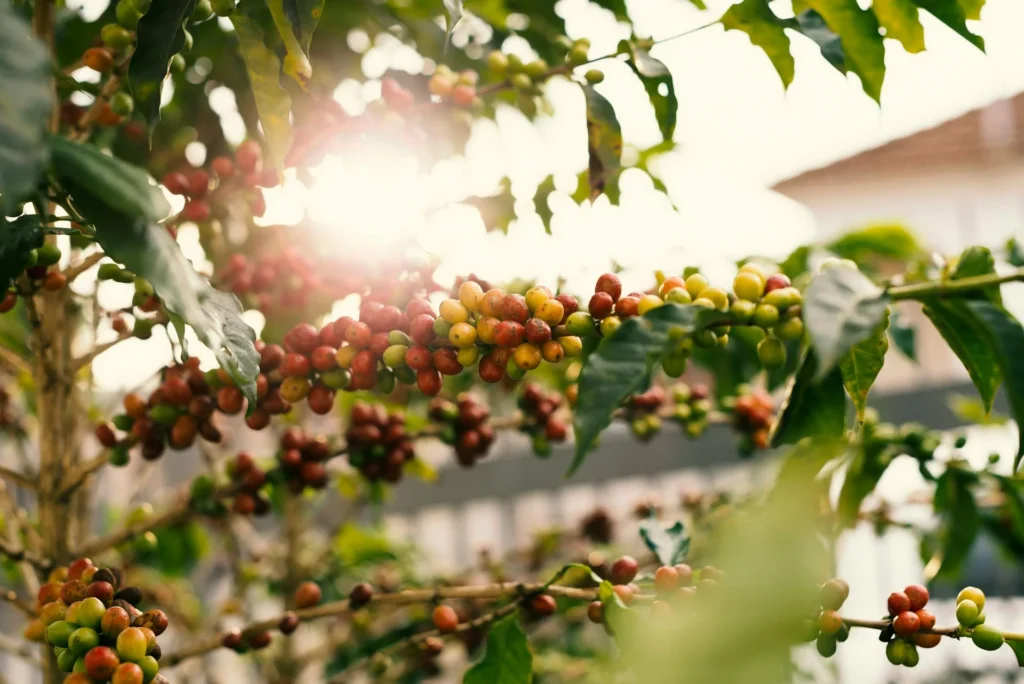When it comes to super-automatic espresso machines under $1,200, two names always rise to the top of the conversation: Gaggia and Philips.
Both brands are owned by the same parent company, but their machines feel like they were born on opposite sides of the coffee spectrum. The Gaggia Magenta Prestige whispers with Italian elegance and old-school espresso soul. The Philips 5400 LatteGo, meanwhile, screams clean lines, speed, and smart Dutch engineering.

So how do you choose between them?
You compare them where it matters: build quality, espresso texture, milk systems, and long-term value.
In this article, we compare Philips 5400 vs Gaggia Magenta Prestige—two top-tier super-automatic espresso machines that offer very different vibes. One brings minimalist Dutch design with intuitive features; the other delivers classic Italian espresso heritage. If you’re torn between tech and tradition, this head-to-head review of Philips 5400 vs Gaggia Magenta Prestige will help you find your perfect cup.
Philips 5400 vs Gaggia Magenta Prestige: Feature-by-Feature Comparison
| Feature | Philips 5400 LatteGo | Gaggia Magenta Prestige |
|---|---|---|
| Country of Design | Netherlands | Italy |
| Type | Super-automatic | Super-automatic |
| Drinks Programmable | 12+ one-touch | 12 one-touch |
| Milk System | LatteGo (no tubes) | Integrated milk carafe |
| Grinder | Ceramic flat burr | Ceramic flat burr |
| User Profiles | 4 profiles | No profiles |
| Build Material | Matte black plastic | Glossy plastic with steel |
| Price Range | $800–$1,100 | $700–$950 |
Build Quality – Which Feels More Premium?
Gaggia’s Italian Attention to Detail
The Gaggia Magenta Prestige may be made of plastic, but it feels solid. There’s a weight to the buttons, a deliberate click in the selector dial, and a subtle aesthetic nod to traditional espresso machines with its steel accents and front-loading water tank.
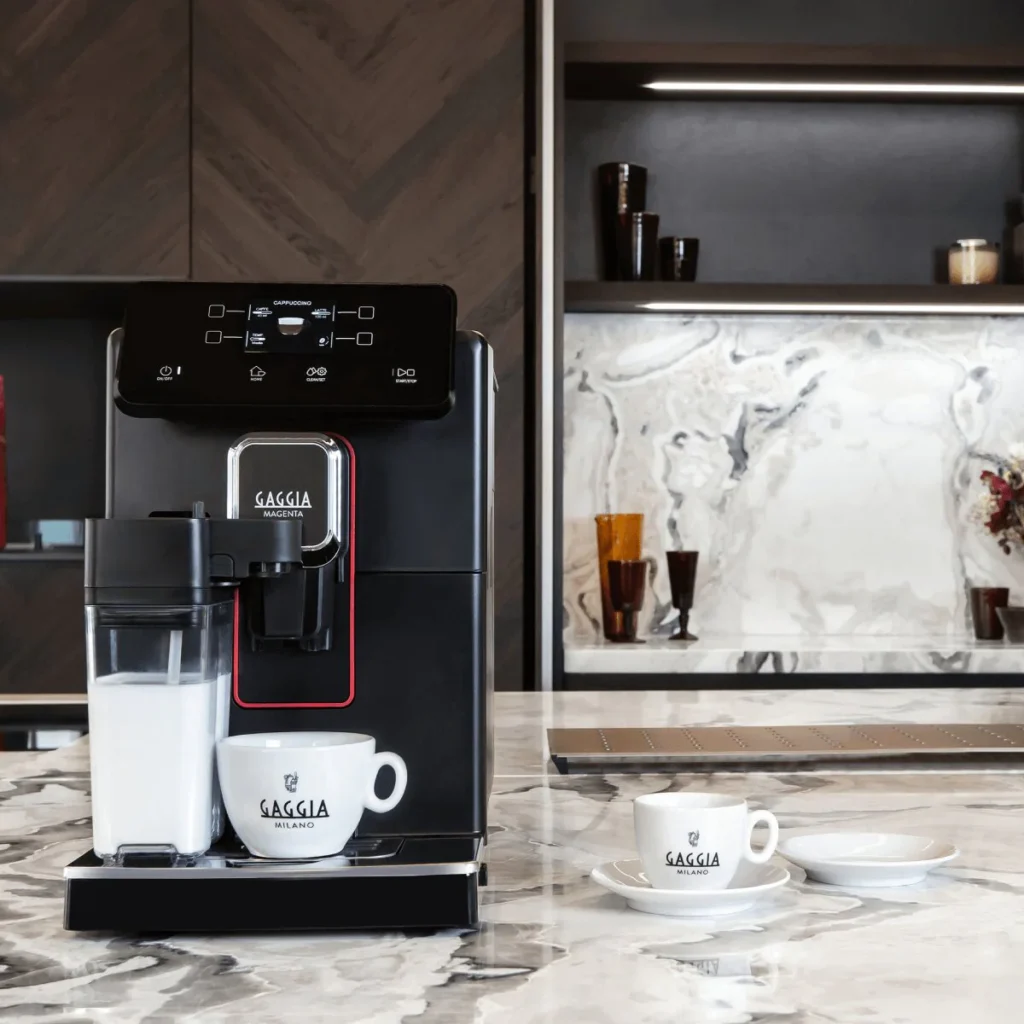
It’s compact, cleanly constructed, and surprisingly well-balanced on a kitchen counter.
For those who love the design sensibilities of Italian appliances—sleek, purposeful, and refined—Gaggia delivers.
Philips’ Modern Practicality
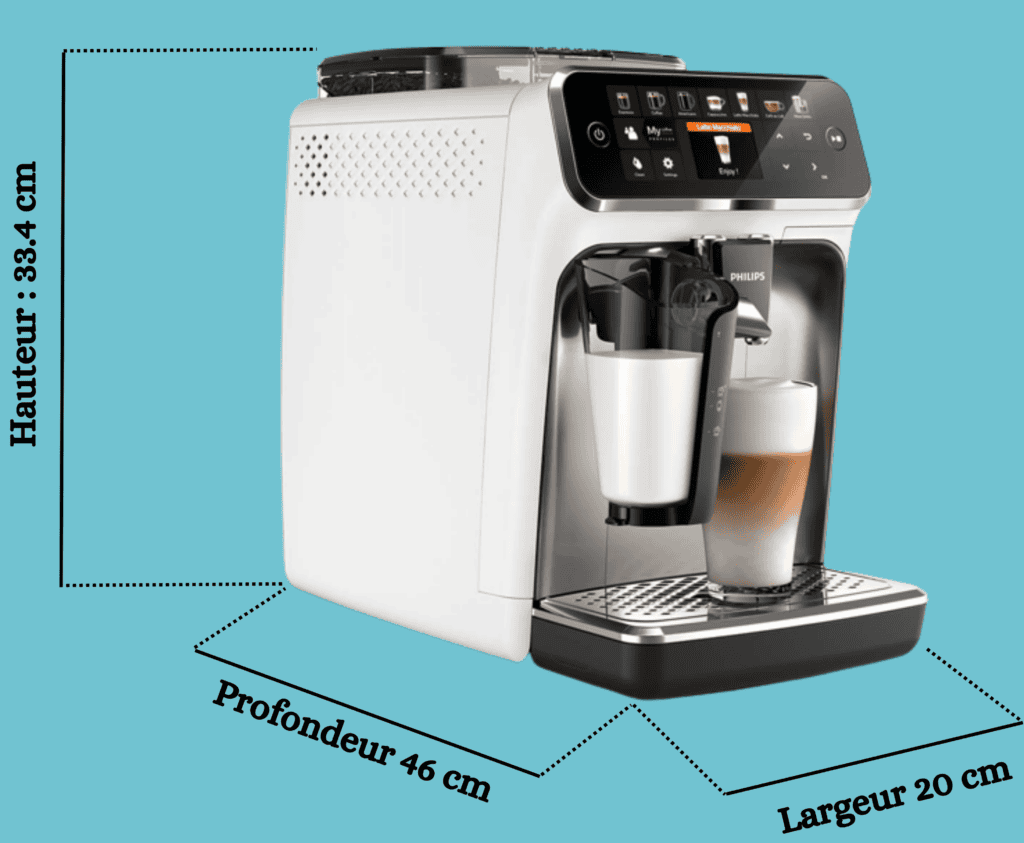
Philips went full minimalist with the 5400. Matte finishes, a bright full-color touchscreen, and a simplified two-piece milk system. The machine doesn’t pretend to be something it’s not—it’s designed for fast-paced households, not café nostalgia.
Some users report a slightly “plasticky” feel in the drip tray and water tank, but it makes up for it in durability and ergonomics.
So, who wins here?
• Gaggia feels more traditional and luxe.
• Philips feels more high-tech and future-forward.
It’s a style preference—but in terms of materials, both hold up surprisingly well over time.
Espresso Quality – Texture, Crema, and Flavor
Philips’ Balanced, Beginner-Friendly Brew
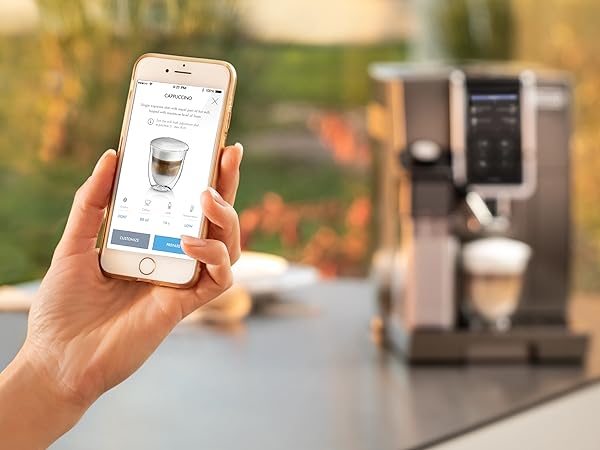
The Philips 5400 uses the Aroma Extract system, which automatically balances brewing temperature and water pressure. You get consistent, smooth espresso with a decent crema and mid-body flavor—great for lattes, cappuccinos, and daily use.
The flavor isn’t overly intense, but it’s reliable, customizable (via five strength settings), and easy to enjoy across a wide range of beans.
Gaggia’s Italian Shot – Slightly More Intense

The Magenta Prestige wins on espresso texture and body. Even at factory settings, it tends to produce stronger, more robust espresso, with a thicker crema and slightly more bite on the palate. That’s thanks in part to a tighter brew group and pressure calibration that leans more Italian than international.
If you’re an espresso purist or someone who wants to taste origin notes, Gaggia edges ahead.
Milk Frothing – LatteGo vs Milk Carafe
LatteGo – Fastest Cleanup in the Game
The Philips LatteGo system has no tubes, no steam wands, and no fuss. Just two dishwasher-safe parts that you snap on, fill with milk, and rinse in 10 seconds.
It doesn’t get you café-style microfoam, but it produces airy, hot milk froth that’s great for lattes and cappuccinos. For most users, the ease of cleaning is unbeatable.
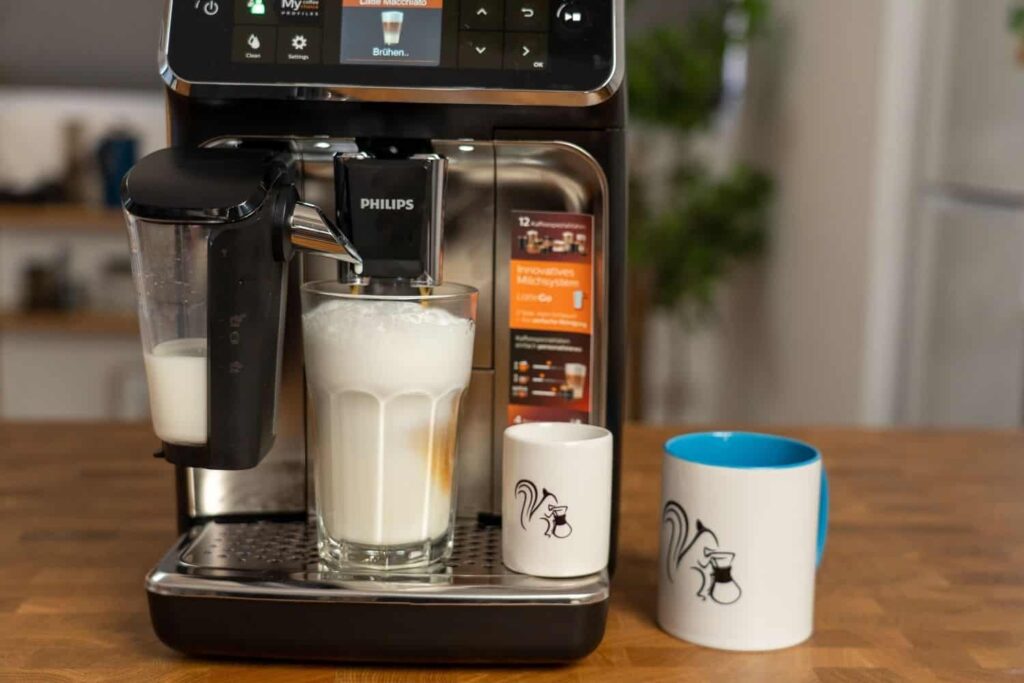
Gaggia’s Integrated Milk Carafe – More Traditional, More Fussy
Gaggia’s milk carafe system gets closer to the texture of barista-quality foam. You can adjust froth levels more precisely, and it integrates seamlessly into the machine’s body.
But here’s the catch: you’ll need to run an automatic rinse after every use and occasionally disassemble it for a deep clean.
It’s more work, but the result is slightly better for those who value milk texture.
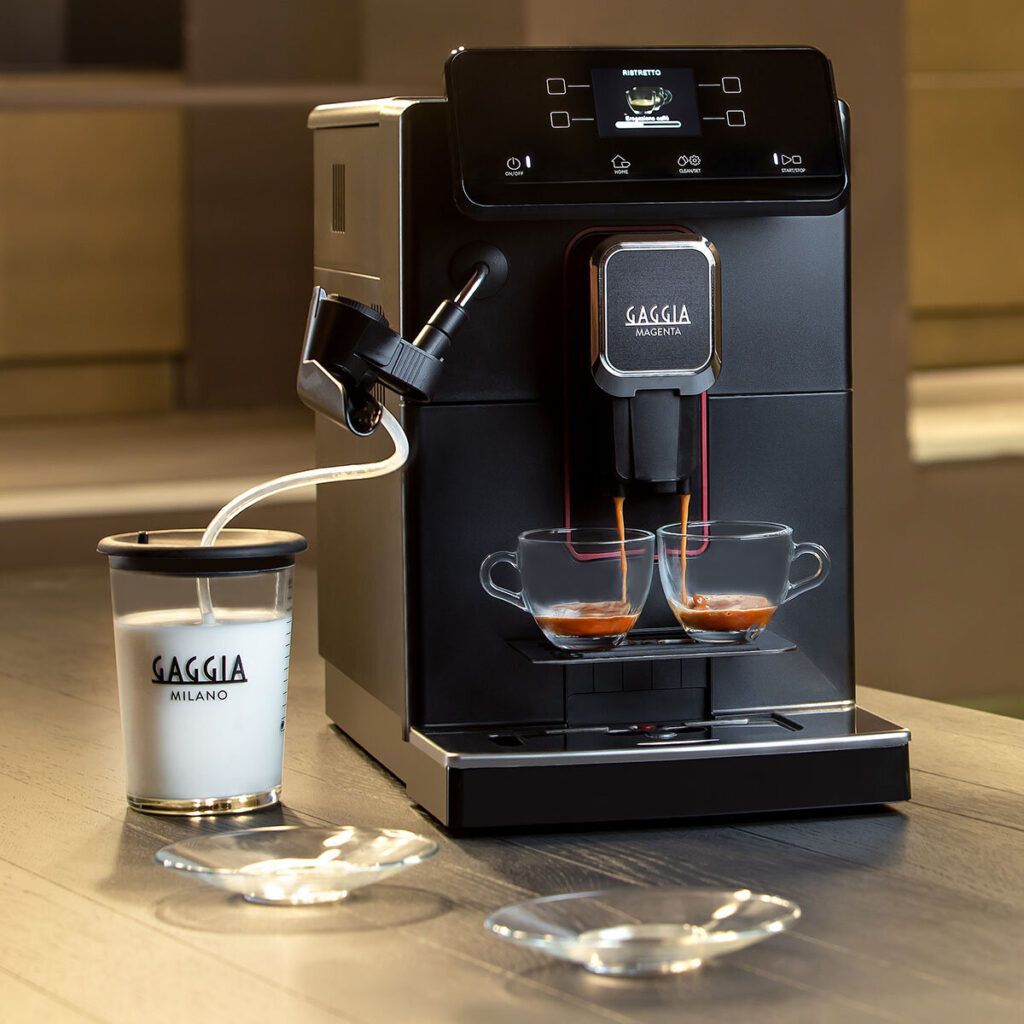
User Experience – Simplicity vs Classic Control
Philips – Bright Touchscreen and User Profiles
The 5400’s interface is a standout. With a vibrant color touchscreen, intuitive icons, and four customizable user profiles, it feels tailored to families and multi-drinker households.
Each person can save their coffee exactly the way they like it—no adjusting settings every time.
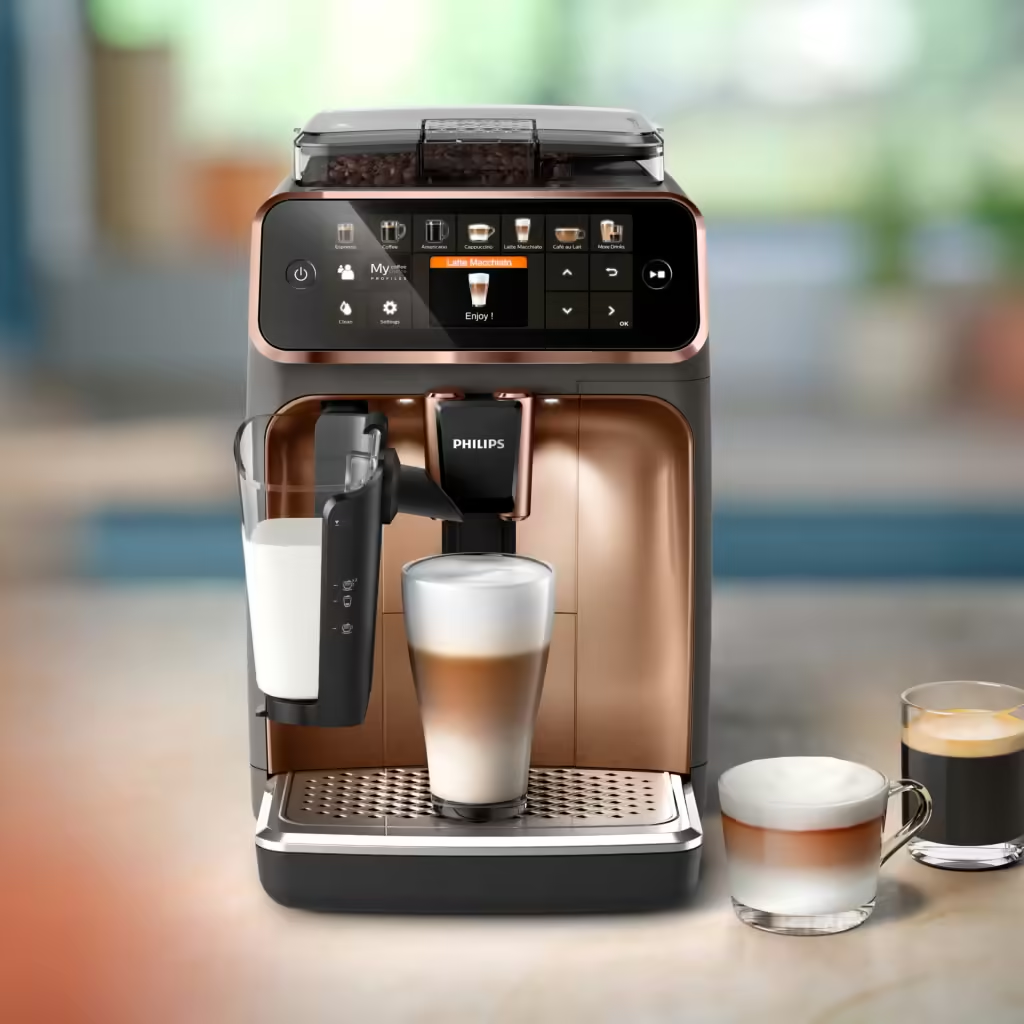
Gaggia – Simple Buttons and Classic Navigation
The Magenta Prestige uses a more traditional button system with a small digital display. It’s not flashy, but it works. You select your drink, make quick adjustments, and brew. No profiles, though—so it’s best suited for solo users or couples who don’t need to reprogram every morning.
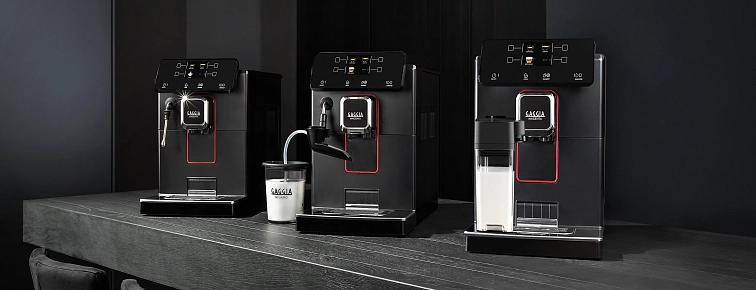
Cleaning & Maintenance
Philips – Mostly Hands-Free

• Brew group is removable
• LatteGo cleans in seconds
• On-screen alerts for descaling
• Rinse cycles automated
Daily upkeep takes maybe 2–3 minutes. The convenience factor here is super high.
Gaggia – Slightly More Labor-Intensive
• Milk carafe needs flushing after each use
• Brew group is also removable
• Fewer automated cleaning alerts
If you’re not using milk often, maintenance is similar. But daily milk drinkers may find Philips easier to live with.

Price and Long-Term Value
Both Offer Strong Value—but in Different Ways
• Philips 5400: You’re paying for touchscreen simplicity, LatteGo convenience, and multi-profile functionality. It’s one of the most advanced machines in its class without hitting Jura-level prices.
• Gaggia Magenta Prestige: Slightly cheaper, often available under $900. Feels like a hidden gem for people who value espresso intensity over automation perks.
So, Which One Should You Buy?
Go with the Philips 5400 if you:
- Want maximum ease and automation
- Hate cleaning milk systems
- Have multiple coffee drinkers at home
- Prefer a touchscreen interface and modern design
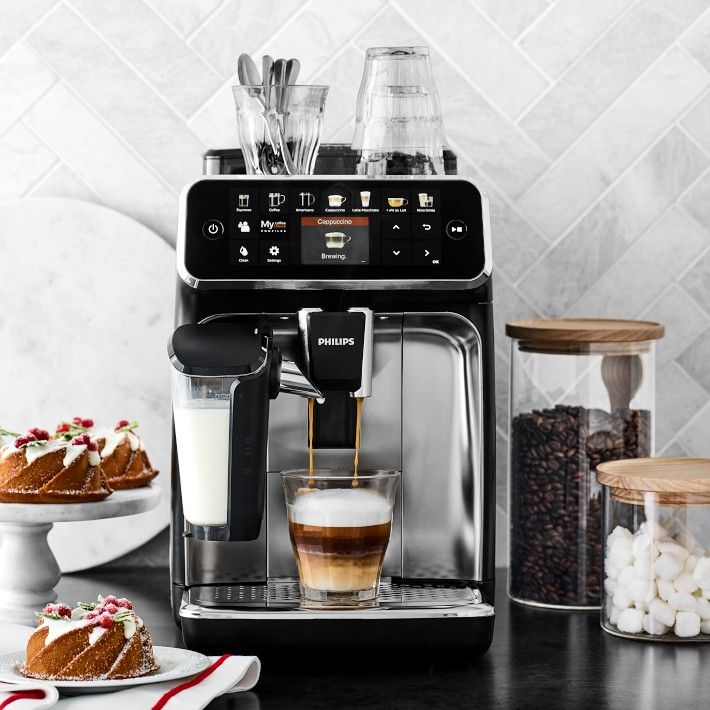
Go with the Gaggia Magenta Prestige if you:
- Care deeply about espresso flavor and crema
- Prefer a more traditional interface
- Don’t mind a little extra cleaning for better froth
- Want a classic Italian feel on your countertop
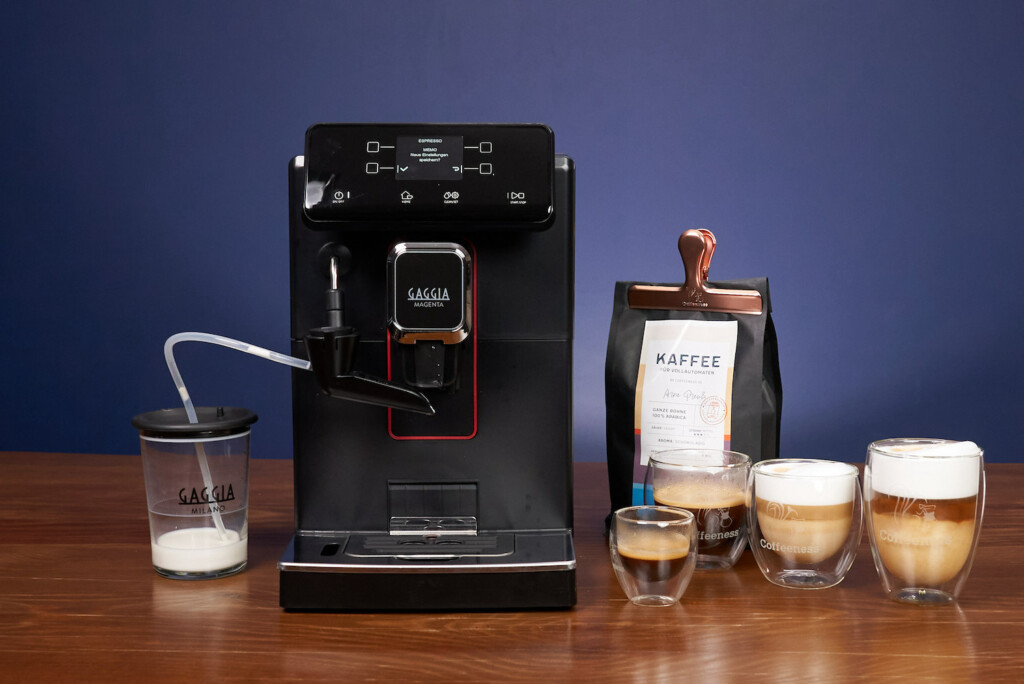
Final Verdict – Soul or Speed?
The Philips 5400 is like a Tesla—clean, high-tech, and built for efficiency.
The Gaggia Magenta Prestige is more like a vintage Alfa Romeo—less flashy, but full of character where it counts.
If you want daily reliability with minimal input, Philips wins.
If you want to feel the espresso in every cup, Gaggia’s still got it.
No matter what you choose, both are fantastic value for the price.
Disclosure: Our blog contains affiliate links to products. We may receive a commission for purchases made through these links. However, this does not impact our reviews and comparisons. We try our best to keep things fair and balanced, in order to help you make the best choice for you.


